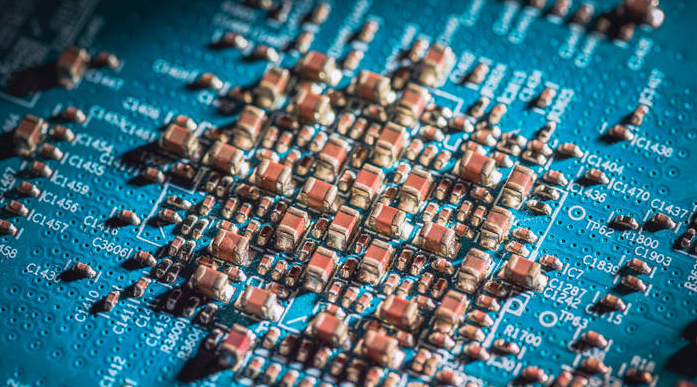Printed circuit boards accumulate dust, and they occasionally come into contact with liquids through splashing or immersion. Contact with these elements will gradually corrode the solder joints and damage the circuit.
Large amounts of contaminants can also isolate the tiny components on the board, prevent heat loss and eventually overheat them.
This article explains how dirty circuit boards can affect your project and how to clean the circuit boards. It must be helpful to you.
What does dirty circuit board mean?
"Dirty circuit boards" are sometimes used in the market to refer to second-hand or refurbished circuit boards, which are purchased as cheaper alternatives to brand new circuit boards.
The circuit board cleaning company has done enough repairs to the circuit boards used in the previous equipment to serve as a standard that can be used to manufacture new equipment.

Despite the name, on the surface, market-grade dirty circuit boards are usually very clean. However, although a good quality dirty circuit board can maintain its function for a long period of time, it cannot guarantee the life of the new board.
Therefore, ready-made dirty circuit boards are very suitable for prototypes.
If a large amount of flux residue is left after PCB soldering, the circuit board can also be considered "dirty". Today, approximately 70% of printed boards are assembled with no-clean solder paste. Simply put, this means that there is no need to remove flux.
However, after soldering, the flux usually leaves some residue on and around the solder joints. The amount of residue depends on the content of the flux-solid resin, gelling agent and activator-and flux with very little solid content leaves very little residue on the circuit board.
How dirty circuit boards affect work
Circuit board contaminants such as dust, moisture, and flux residues can adversely affect your circuit.
2.1 Dust and moisture
Dust is a complex substance, composed of different inorganic and organic materials, as well as large amounts of water and dissolved salts.
Thanks to miniaturization technology and the increasing use of circuit boards in dusty conditions (such as in the telecommunications and information industries), the impact of dust on the reliability of circuit boards is increasing.
Dust can cause many problems with circuit boards. Due to its hydrophilicity, it can form a conductive electrolyte membrane, thereby impairing the surface insulation resistance between conductors.
Even without water, these particles will increase the friction of the contact surface, thereby promoting wear and corrosion. In addition, because they act as dielectrics, they can also cause signal interference in connectors and wiring.
If all of this is not enough to prompt you to finally inspect the electronic equipment, then the dust that accumulates on the active components and power connectors can cause irreversible damage when the components overheat.
2.2 Flux residue
Although dust and moisture are not good for circuit boards, flux residues can have a worse effect on your project. Introduce no-clean flux materials to eliminate the need to clean the circuit board before re-soldering.
However, despite the obvious benefits of no-clean panels, assemblers quickly realized the residual problem.
Flux residues that fall off the circuit board during the PCB soldering process tend to gradually accumulate on the pins of the soldered components, causing conductivity problems, especially in circuits with clock speeds exceeding 1 GHz.
At such a high frequency, electrons are mainly conducted on the outer surface of the conductor, which means that the flux residue on the terminal will conduct current and cause signal interference.
Like dust, PCB flux residues are also hydrophilic. Therefore, when you dispense the underfill material in the flip chip assembly and heat it to cure, a small pocket or steam or gas will be formed, which will eventually separate the underfill material from the circuit board, thereby providing a channel for contaminants to enter the PCB assembly.